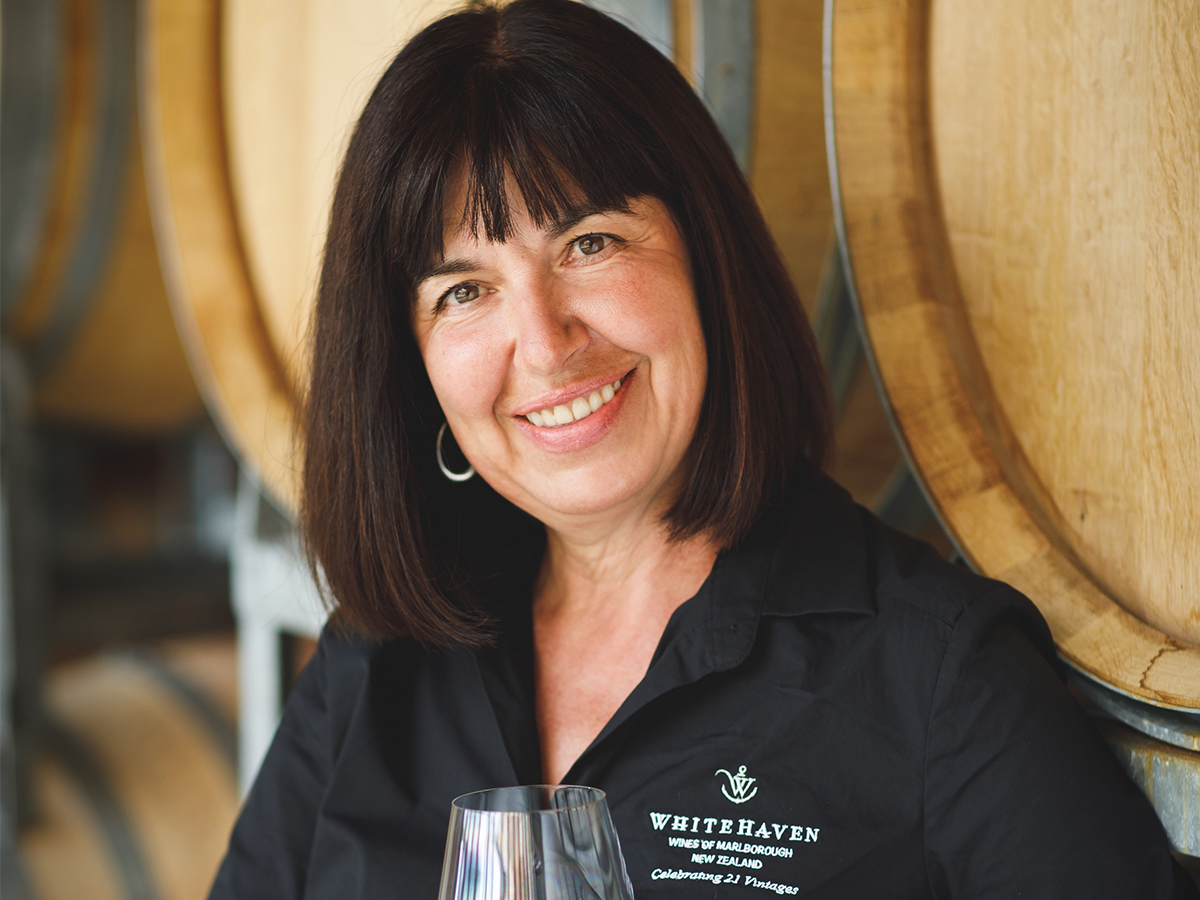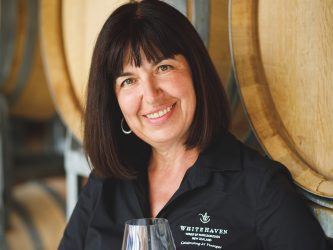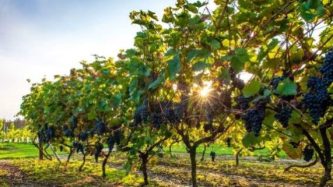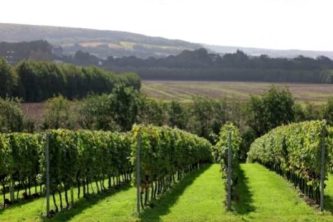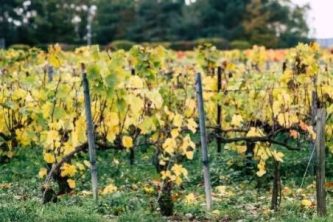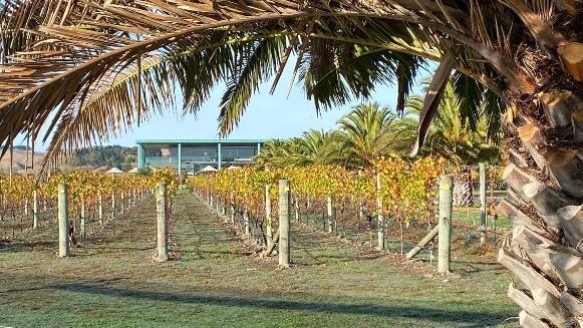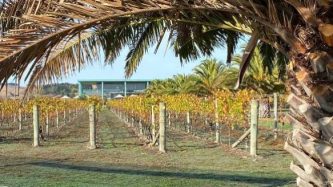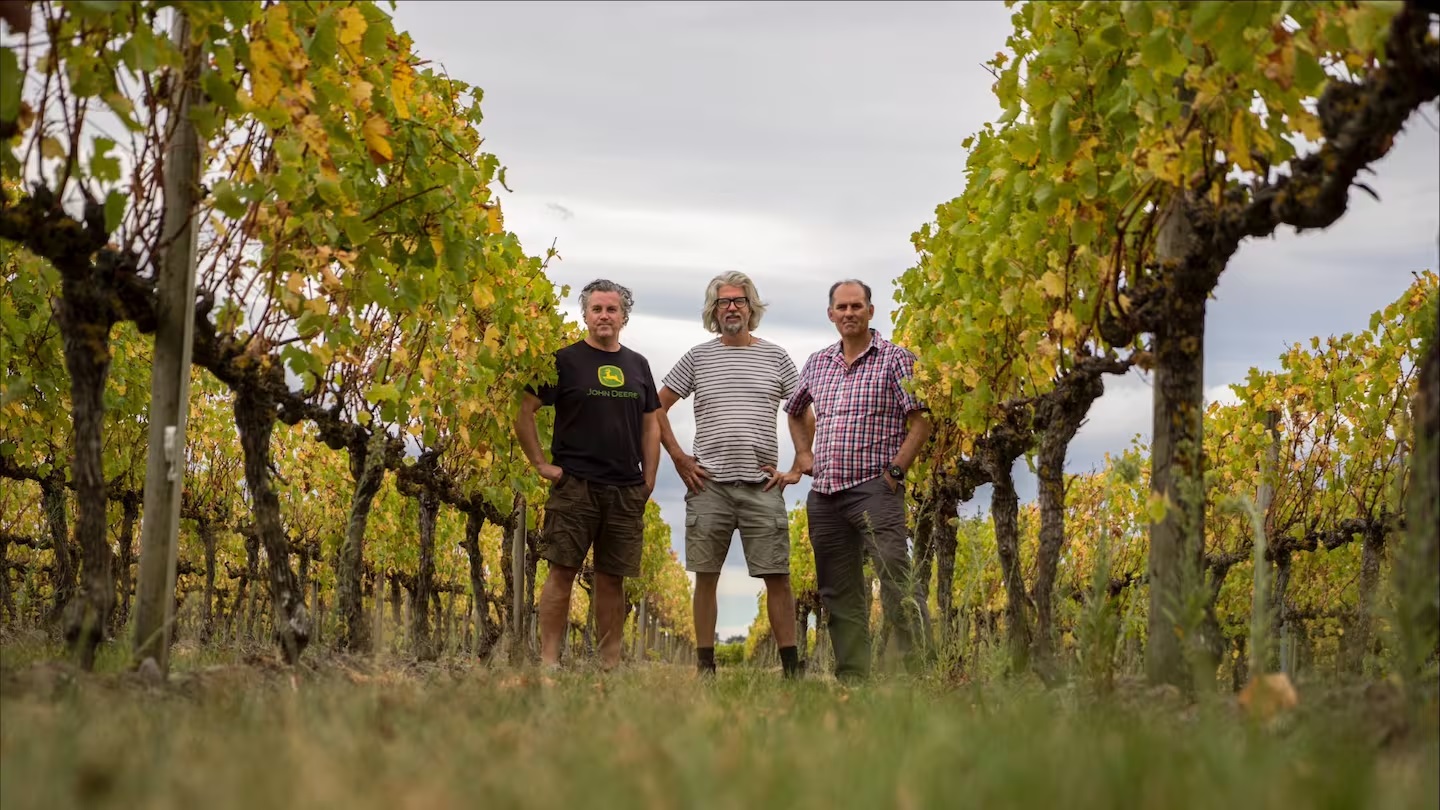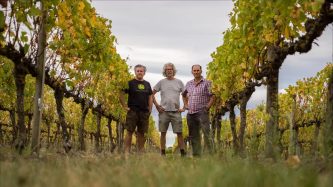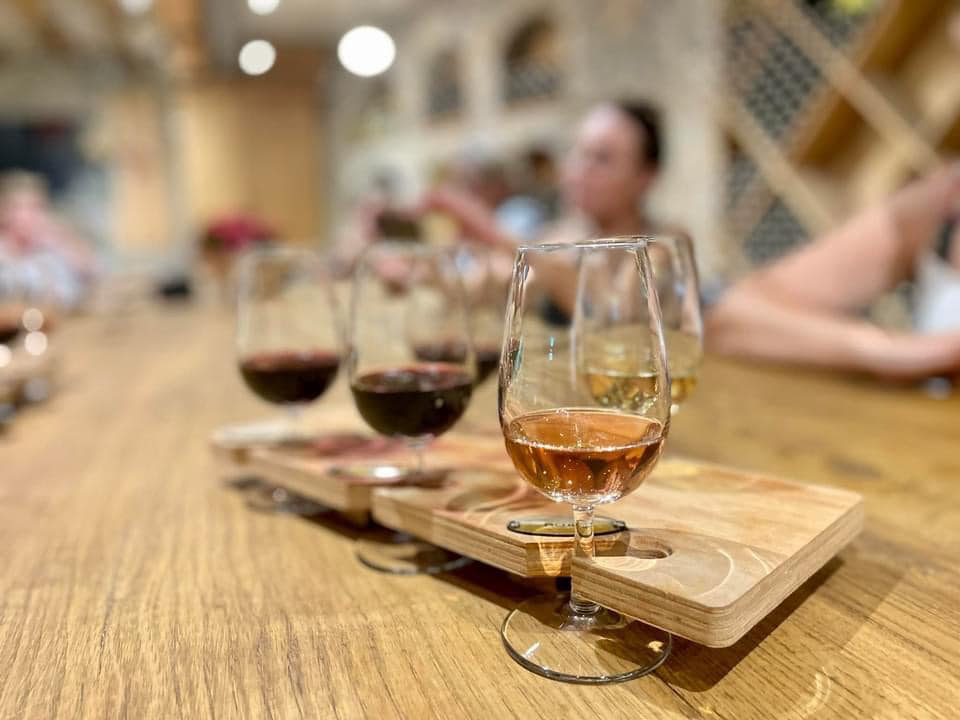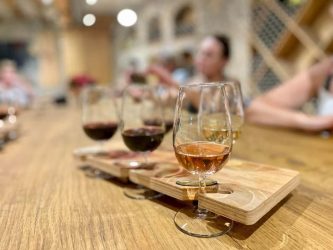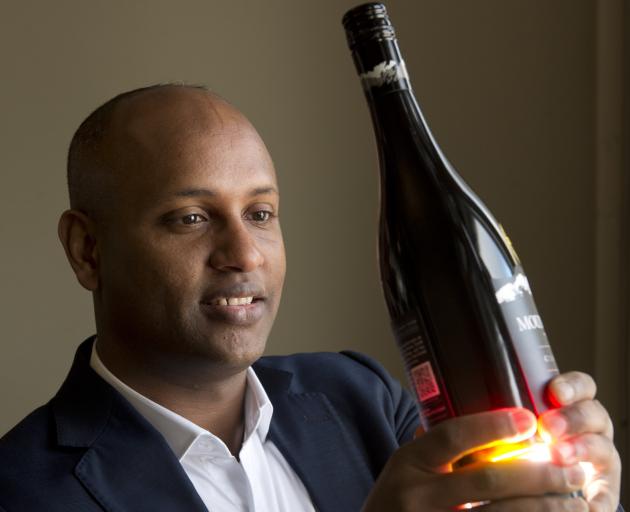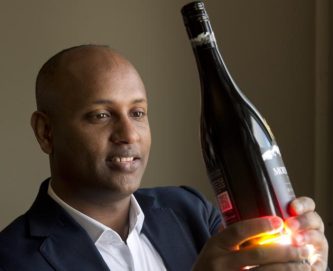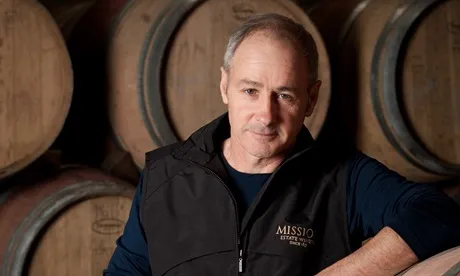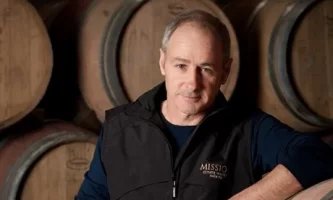Sophie Arundel db | 7 January 2025
From experiential marketing to bright whites, 2025 is set to see trends prioritising wellness, innovation and sustainability, according to a report by AF&CO.
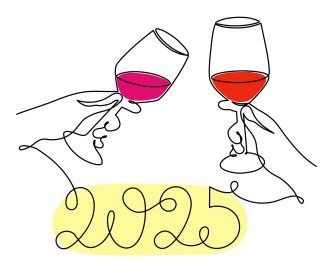 As we look ahead to wine in 2025, the industry is undergoing a transformation driven by shifting consumer preferences, climate challenges, and generational tastes. From low-alcohol wines to experiential offerings, here are the trends that will define the year ahead, based on insights from the AF&CO + Carbonate Trends Report 2025.
As we look ahead to wine in 2025, the industry is undergoing a transformation driven by shifting consumer preferences, climate challenges, and generational tastes. From low-alcohol wines to experiential offerings, here are the trends that will define the year ahead, based on insights from the AF&CO + Carbonate Trends Report 2025.
Chenin Blanc leads the charge in bright whites
White wines are poised for continued growth in 2025, outpacing reds globally. Beyond mainstays like Sauvignon Blanc and Pinot Grigio, under-the-radar varieties are gaining attention. Chenin Blanc is emerging as a standout, combining the crispness of Sauvignon Blanc with Chardonnay’s complexity, making it both versatile and age-worthy.
In the Loire Valley, where Chenin Blanc thrives, producers predict its plantings will surpass Sauvignon Blanc, thanks to its resilience in a warming climate. Bourgueil, traditionally a red wine appellation, has begun lobbying for a high-quality designation for its Chenin Blanc wines, signalling the grape’s resurgence. Across the Atlantic, California winemakers and Washington’s Chateau Ste. Michelle are spearheading a revival of Chenin Blanc in the United States, further broadening its appeal.
Innovative whites such as White Malbec from Argentina and White Pinot Noir from Oregon are also reshaping the category, offering fresh, unexpected options for adventurous drinkers.
Low-alcohol wines for wellness-conscious consumers
Health and wellness trends continue to influence the wine industry, with low-alcohol wines gaining momentum. Brands such as Duckhorn, Kendall Jackson, and Kim Crawford have introduced reduced-alcohol ranges to appeal to health-conscious consumers seeking moderation without sacrificing flavour.
Similarly, Chilean wine brand Casillero del Diablo, owned by Concha y Toro, has launched its first alcohol-free wine in the UK market with the introduction of a de-alcoholised sparkling wine.
The trend aligns with the broader movement towards mindful drinking, as consumers increasingly look for wines that complement their lifestyles.
Alternative formats and sweet wines
Cans, magnums, and other packaging formats are resonating with younger consumers prioritising convenience and sustainability. Additionally, sweeter wines with lower alcohol are successfully drawing in new drinkers. Inspired by global flavour trends, these approachable wines tap into the popularity of sweet and spicy combinations, broadening wine’s appeal to diverse audiences.
Experience-driven consumption
Wineries are moving beyond traditional tastings to create immersive, memorable experiences. Younger generations, particularly Gen Z and Millennials, are drawn to events where wine is part of a larger narrative. From art installations to retro-inspired social hours, wineries like Bella Union in Napa Valley are aiming to engage younger consumers through unique on site tasting spaces, and features like outdoors after hours bars.
Sustainability and adaptation
Sustainability remains a critical focus as climate change impacts vineyard management and consumer priorities. The shift towards resilient grape varieties, such as Chenin Blanc, reflects efforts to adapt to changing growing conditions. At the same time, eco-friendly packaging and practices are increasingly integral to marketing strategies aimed at environmentally conscious consumers.
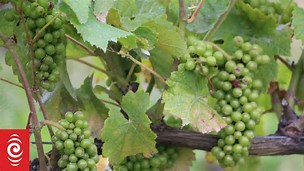 Sales of New Zealand wine have increased in the US – “a bright spot in an otherwise declining import sector”, the New Zealand Winegrowers industry body says.
Sales of New Zealand wine have increased in the US – “a bright spot in an otherwise declining import sector”, the New Zealand Winegrowers industry body says.